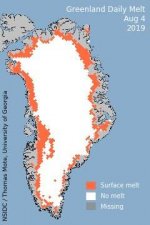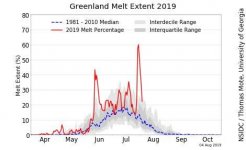St. Phatty
Active member
tell us where the magnetic field derives. from an electrical current.
"I'm not always a dick... "
you've demonstrated a propensity for being one. i drink cheap beer, what's your deal.
The Magma knows.
You can even calculate the direction of current flow in the magma, using the right hand rule.
Probably from west to east - a thousand miles down.
Regardless of what I remember from physics classes 20 or 40 years ago, a basic electro-statics text & a basic geophysics text have more info.
MIT Open University even has classes in those 2 subjects online.
for people who want MOAR infomation.









